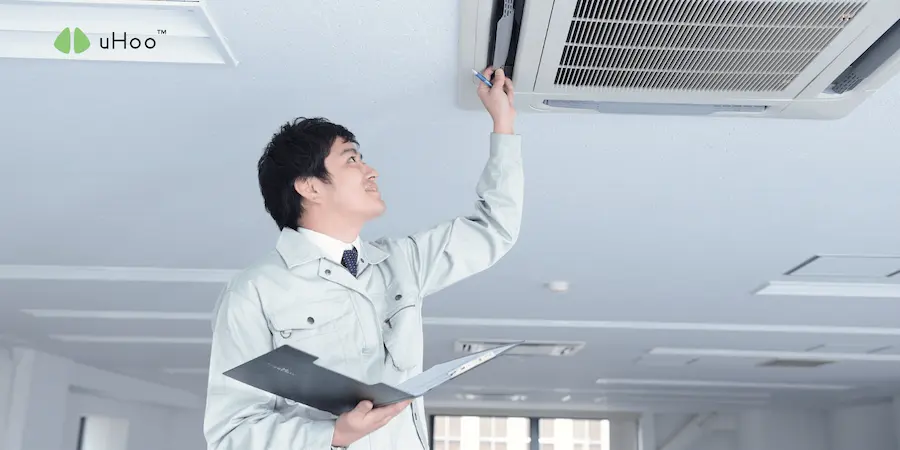Our air conditioners work tirelessly, often running for hours on end to keep us comfortable. But have you ever stopped to think about what is trapped in your AC? Beyond the obvious dust you might see on the vents, there’s an entire ecosystem of invisible pollutants and allergens that your AC system can collect, recirculate, and sometimes even generate, impacting the very air you breathe.
So, what is trapped in your AC? Here’s a closer look at the invisible passengers lurking within your AC unit:
- Dust and Particulate Matter (PM2.5 & PM10): This is the most common culprit of what is trapped in your AC. Your AC’s filter is designed to capture dust, dirt, pollen, pet dander, and other airborne particles. Over time, these accumulate on the filter, reducing its efficiency and becoming a breeding ground. If the filter is overloaded, these particles can blow through into your living space or even accumulate on the coils and within the ducts.
- Mold and Mildew Spores: This is a major concern in our humid tropical climate. AC units create cool, damp conditions in coils and drip pans. If moisture isn’t properly drained or if filters are dirty, mold and mildew can quickly grow. These fungi release microscopic spores into the air, which can trigger allergies, asthma attacks, and cause a musty odor, making you wonder what is trapped in your AC that causes these symptoms.
- Bacteria and Viruses: Your AC can also become a reservoir for bacteria and viruses. While filters can capture some, others can thrive in damp conditions within the unit or its ductwork, especially if not regularly cleaned. This can contribute to “Sick Building Syndrome” or the spread of respiratory illnesses.
- Volatile Organic Compounds (VOCs): While ACs don’t generate VOCs, they can recirculate them. VOCs from paints, cleaning products, furniture, and even pesticides that enter the home can become trapped in the air that’s continuously circulated by your AC system, leading to their buildup.
- Allergens (Pollen, Pet Dander): Similar to dust, outdoor pollen and indoor pet dander can get pulled into your AC system, contributing to what is trapped in your AC. While the filter aims to catch them, an old or dirty filter will be less effective, allowing these common allergens to recirculate throughout your home, causing sneezing, itchy eyes, and other allergic reactions.
Your uHoo air quality monitor is essential for answering the question, “what is trapped in your AC?” indirectly. It monitors the effects of these trapped pollutants on your indoor air quality. If your uHoo shows persistently high levels of PM2.5 (particulates), VOCs, or consistently high humidity leading to mold indicators, it’s a strong signal that your AC filter needs immediate attention or that your unit requires professional cleaning.
By providing these insights, uHoo helps you take proactive steps to find out what is trapped in your AC and ensure it is actually, truly providing clean, healthy, and cool air.

